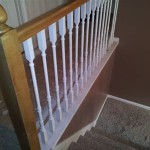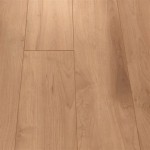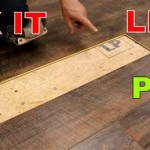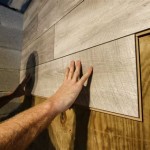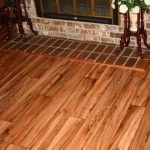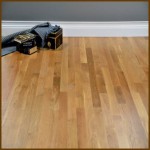Workout Flooring Options: Choosing the Right Surface for Your Fitness Goals
When it comes to creating a dedicated workout space, choosing the right flooring is crucial for both safety and performance. With a wide range of options available, it's essential to understand the different types of workout flooring and their specific benefits to make an informed decision.
Types of Workout Flooring
Rubber Flooring: Durable and shock-absorbent, rubber flooring is ideal for high-impact activities like running, weightlifting, and aerobics. It provides good traction and can reduce noise and vibrations.
Foam Flooring: Lightweight and easy to install, foam flooring is great for yoga, Pilates, and bodyweight exercises. It offers excellent cushioning and insulation but may not be suitable for heavyweights or high-impact workouts.
Interlocking Tiles: These tiles are made from various materials, including rubber, foam, and plastic. They are easy to assemble and disassemble, making them a versatile option for both temporary and permanent workout areas.
Carpet Flooring: Carpet flooring provides a softer and more comfortable surface for activities like stretching, bodyweight training, and martial arts. However, it can be susceptible to moisture and requires regular vacuuming to maintain hygiene.
Vinyl Flooring: Water-resistant and durable, vinyl flooring is a hygienic option for gym environments. It can withstand heavy weights and provides good traction, but it may not be as shock-absorbent as other types of flooring.
Choosing the Right Flooring for Your Needs
The best workout flooring for you depends on the types of exercises you plan on performing, the intensity of your workouts, and the space available. Consider the following factors:
Impact Absorption: If you engage in high-impact exercises, choose flooring with good shock absorption like rubber or foam.
Durability: For heavy weightlifting or intense workouts, choose durable flooring like rubber or vinyl that can withstand wear and tear.
Traction: Good traction is essential for preventing slips and falls. Consider flooring with a textured surface or rubber backing.
Hygiene: If your workout area is prone to moisture or sweat, choose flooring that is easy to clean and maintain, such as vinyl or tiles.
Additional Considerations
In addition to the type of flooring, also consider the following:
Thickness: Thicker flooring provides more cushioning and sound insulation.
Underlayment: An underlayment can enhance the shock absorption and durability of your flooring.
Installation: Some flooring options, like rubber rolls or interlocking tiles, are easy to install yourself, while others may require professional assistance.
By carefully considering these factors, you can choose the right workout flooring that meets your specific needs and helps you achieve your fitness goals safely and effectively.
How To Choose Home Gym Flooring Garage

6 Of The Best Home Gym Flooring Surfaces To Workout On Sprung

Best Workout Flooring For Home Commercial Exercise Rooms

Best Types Of Flooring For A Home Gym Forbes

Best Gym Flooring Options For Your Home 2024

Top Flooring Options For Your Home Gym Fci Plano

How To Choose The Right Gym Mat Flooring For Your Home Sprung

Your Complete Guide To Home Gym Flooring Apollo Fitness Apollofitness Ie

How To Choose Gym Flooring An Cuong

Comparing Foam Pvc Carpet Gym Flooring Materials
Related Posts

